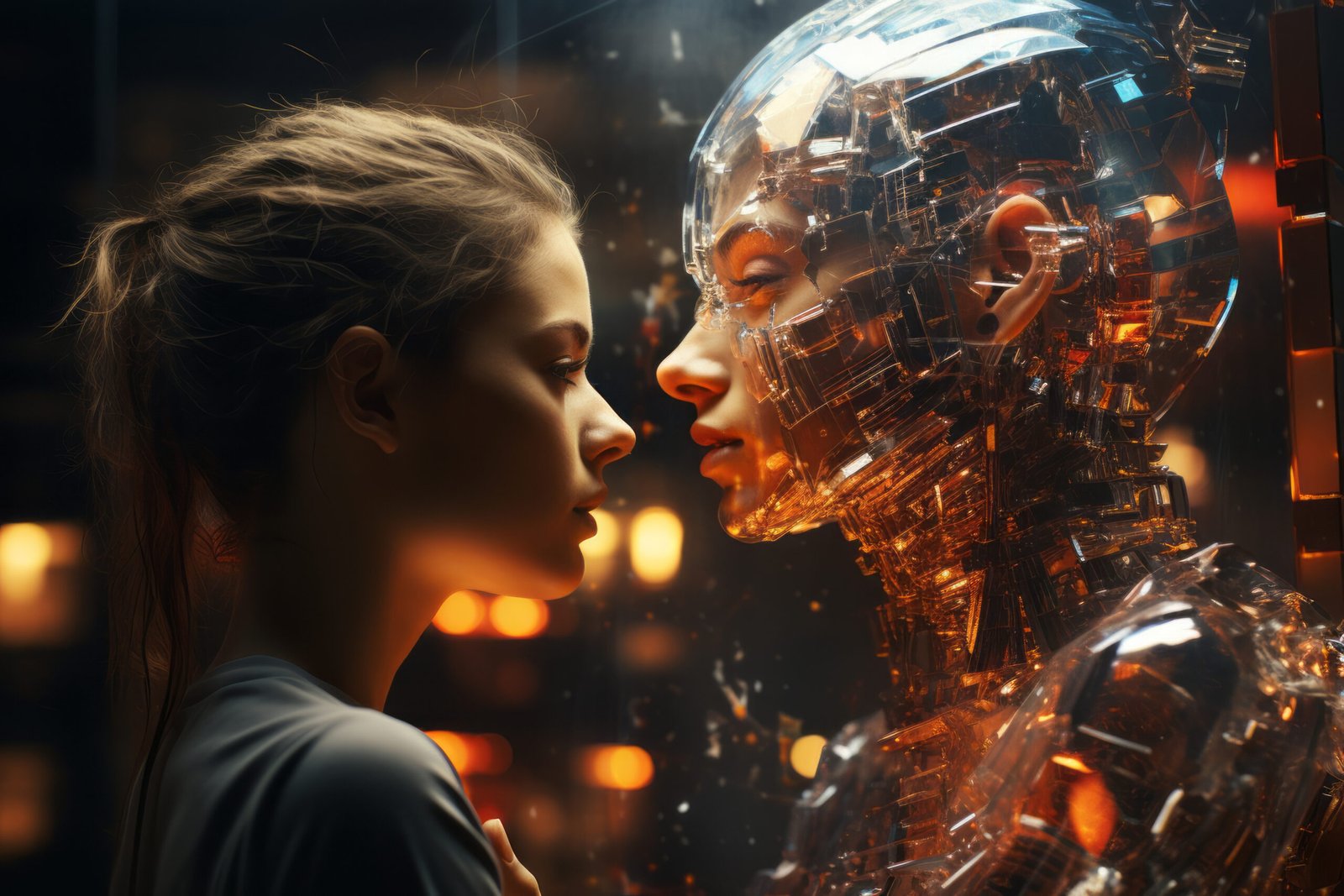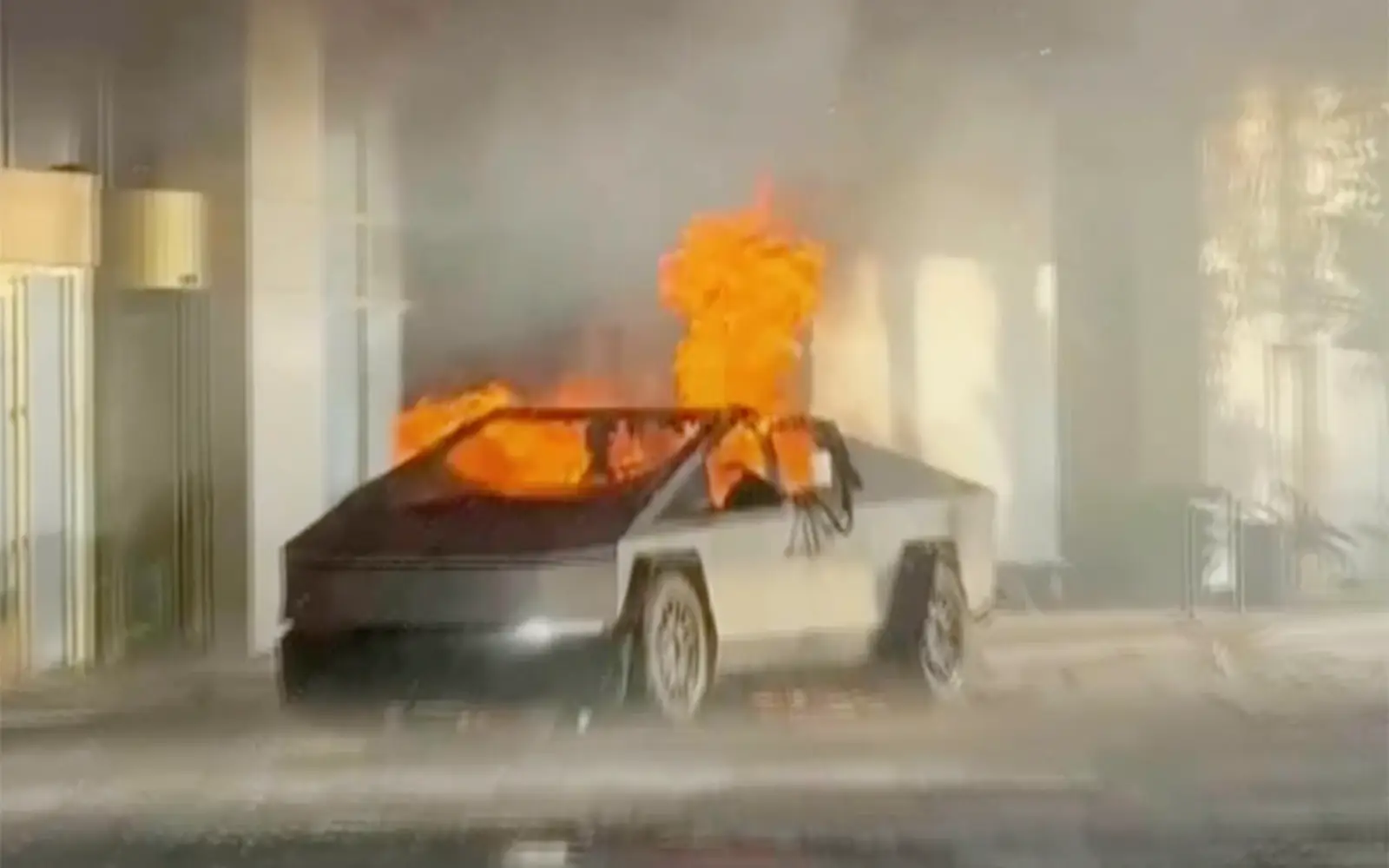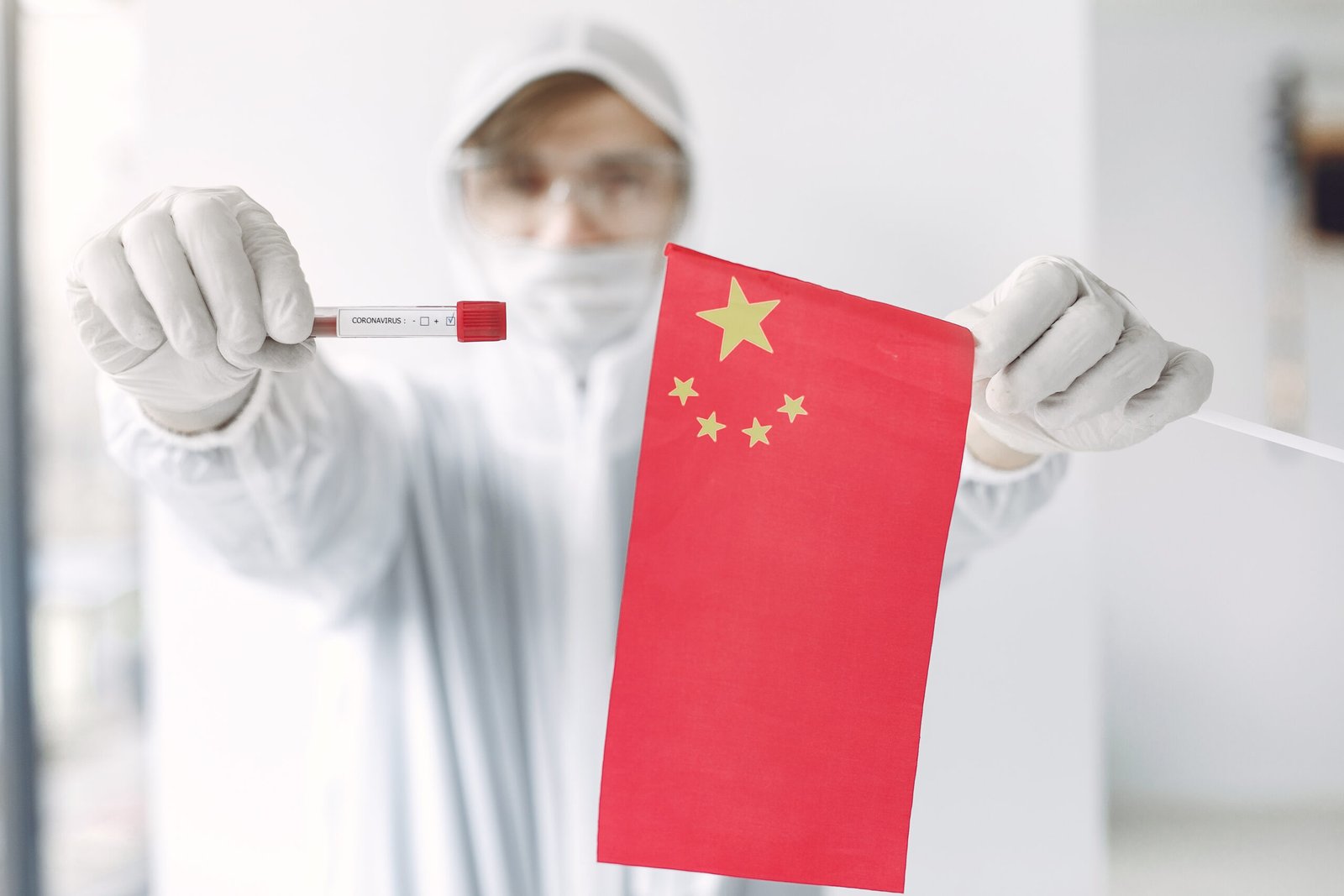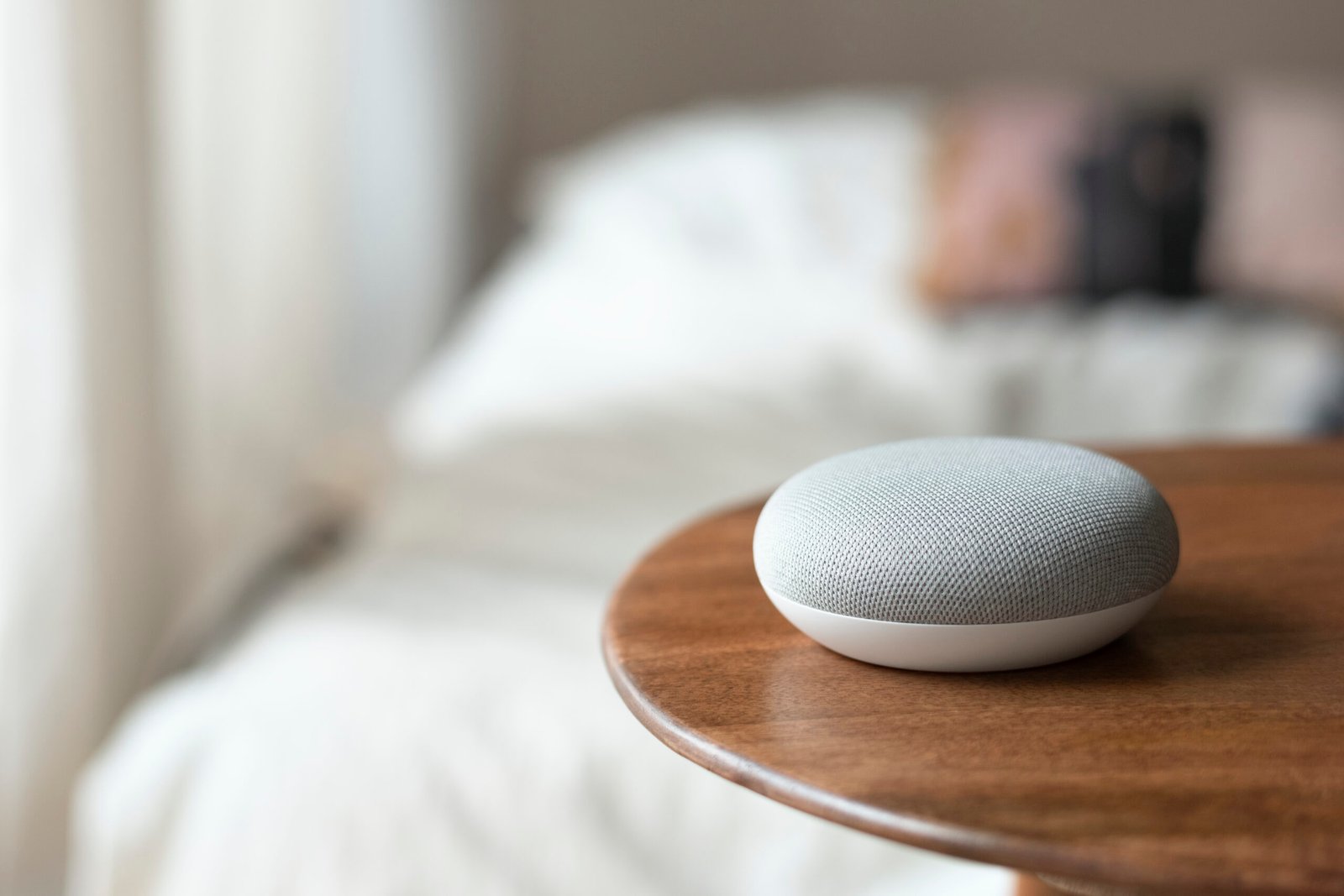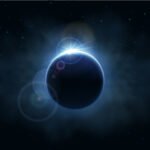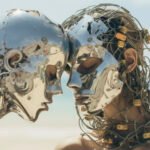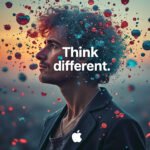Introduction
Artificial Intelligence (AI) is transforming various sectors, and one of the most fascinating areas of its impact is creativity. Traditionally, creativity was considered a uniquely human trait, but AI has begun to challenge this notion by generating art, music, and literature. This blog explores how AI is reshaping the creative landscape, the potential it holds, and the implications for artists and creators.
AI in Art: A New Canvas
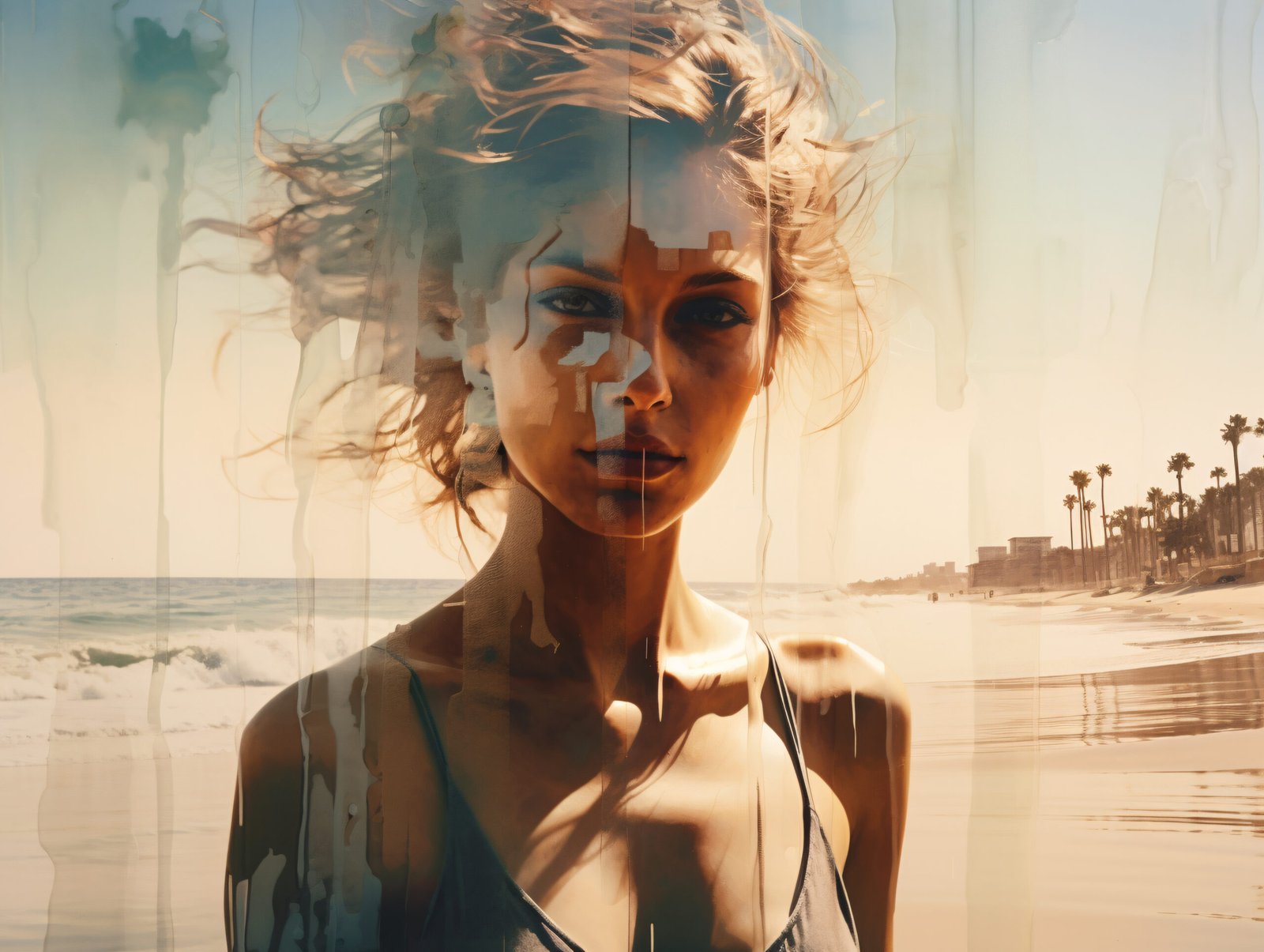
Featured above is an example of AI-generated art created by Midjourney, showcasing the impressive capabilities of modern AI in producing unique and visually captivating artwork.
AI has ventured into the world of art, creating pieces that rival those made by human hands. Tools like DeepArt and DALL-E use neural networks to generate stunning visual artwork based on textual descriptions or existing images. These AI models can replicate artistic styles or blend various influences to produce unique results.
For instance, AI-generated artwork has been featured in major art exhibitions and even sold at auction houses. This raises intriguing questions about authorship and originality. While AI can mimic and innovate, the debate continues over whether it can truly be considered an artist. Nonetheless, the ability of AI to produce high-quality art opens up new possibilities for collaboration between human artists and machines.
Music and AI: Composing the Future
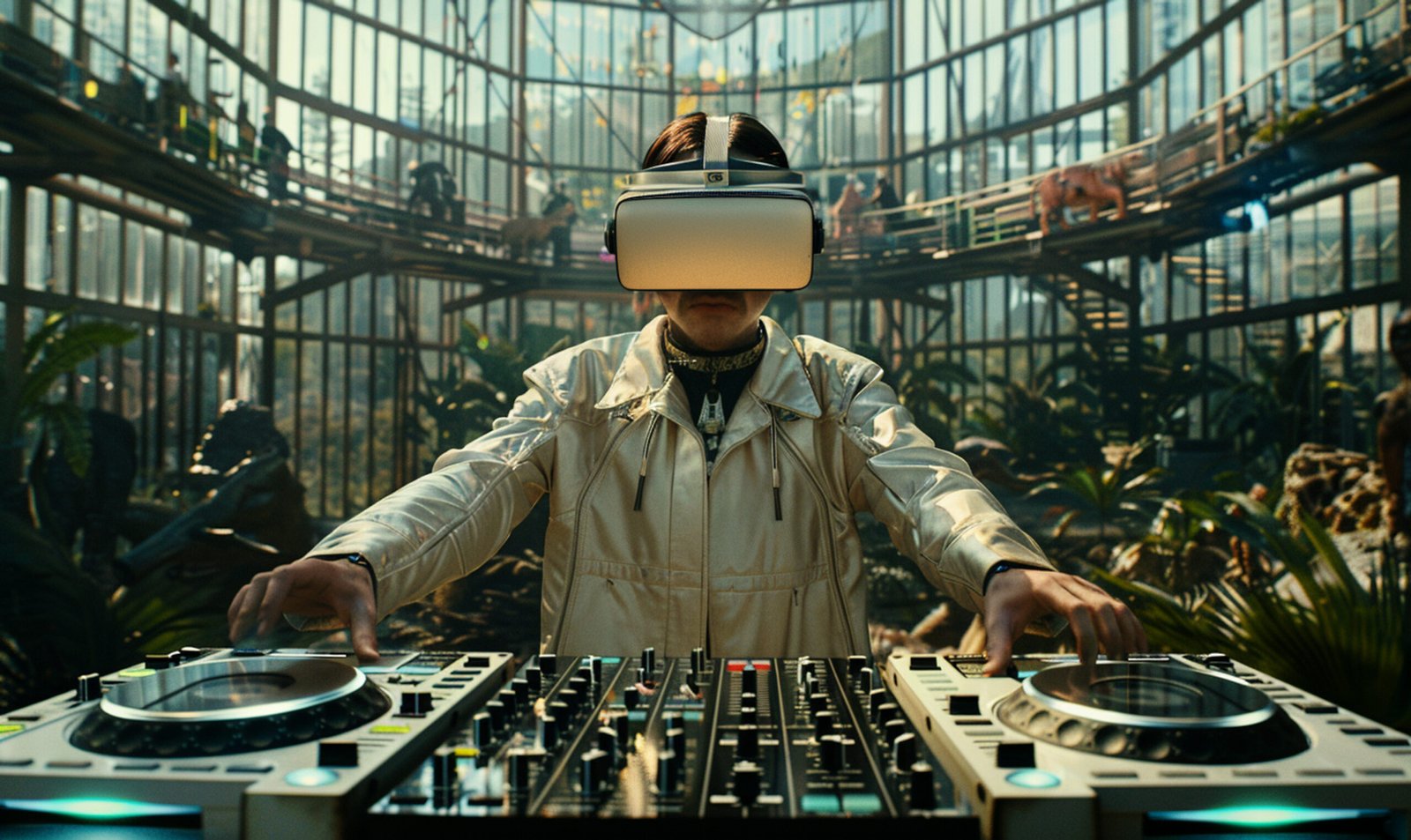
In the realm of music, AI’s influence is equally remarkable. Algorithms like OpenAI’s MuseNet and Jukedeck can compose original music across various genres. These tools analyze vast amounts of musical data to understand patterns and create melodies, harmonies, and rhythms that are often indistinguishable from those composed by humans.
AI-generated music is being used in film scores, video games, and even personalized playlists. By leveraging AI, musicians and composers can explore new musical landscapes and generate ideas that might not have emerged through traditional methods. This technology not only assists in the creative process but also democratizes music composition, making it accessible to those without formal training.
Literature and AI: Writing Beyond the Imagination
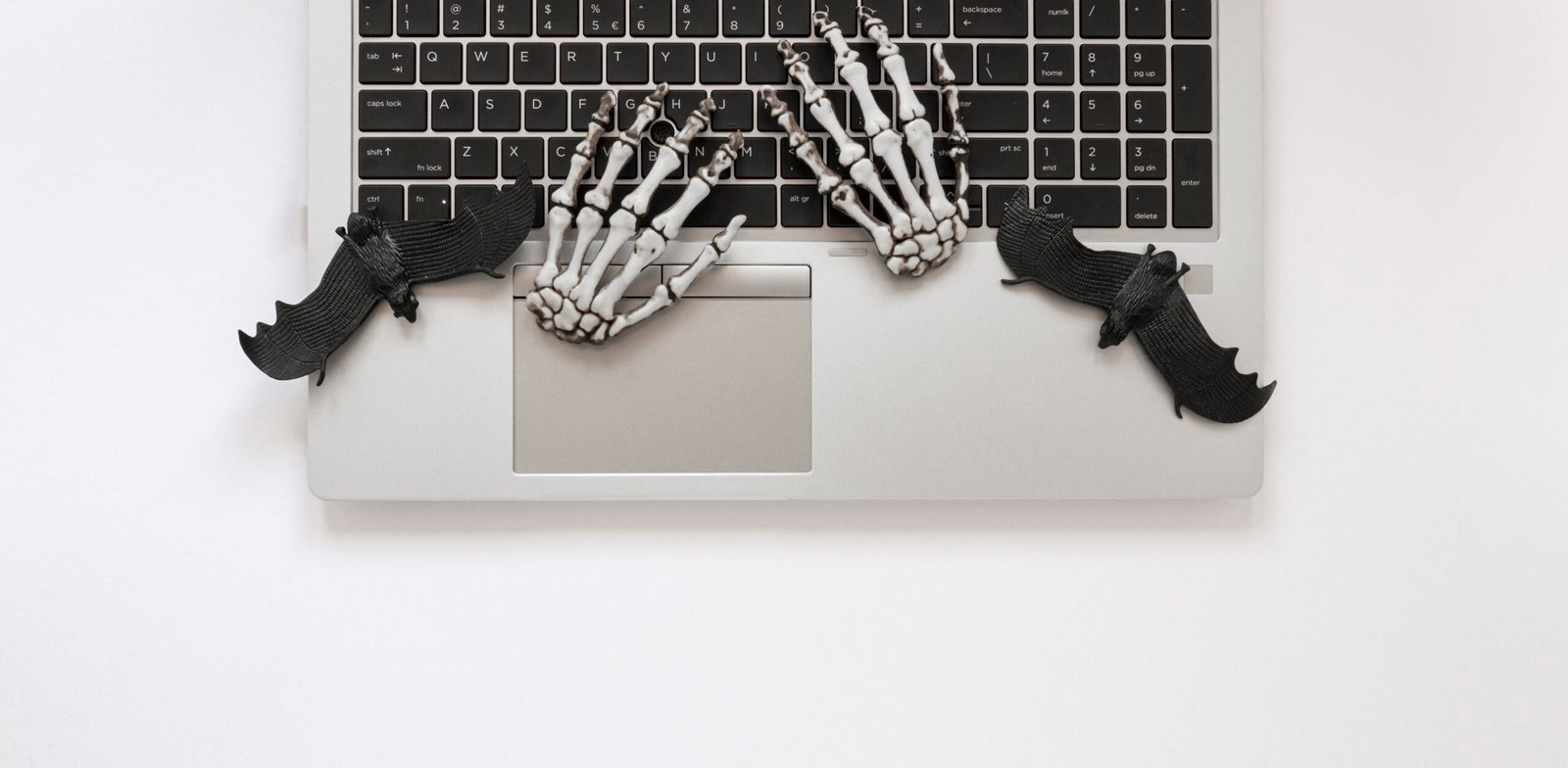
AI’s reach extends into literature, where models like GPT-4 are crafting stories, poems, and even full-length novels. These models are trained on extensive datasets of human-written text, enabling them to generate coherent and contextually relevant content. The results are often surprising and can range from engaging short stories to thought-provoking essays.
While AI-generated literature showcases the model’s ability to mimic human creativity, it also challenges traditional notions of authorship and creativity. As AI continues to evolve, it will likely play an increasingly prominent role in the writing process, providing authors with new tools for inspiration and collaboration.
Conclusion
AI’s foray into the creative domain represents a significant shift in how we perceive and interact with art, music, and literature. While AI-generated content raises questions about creativity and originality, it also offers exciting opportunities for innovation and collaboration. As technology advances, the synergy between human imagination and artificial intelligence will continue to shape the future of creativity.
By embracing AI as a creative partner, artists and creators can push the boundaries of their work, exploring new possibilities and redefining what it means to be creative in the modern age.
